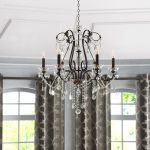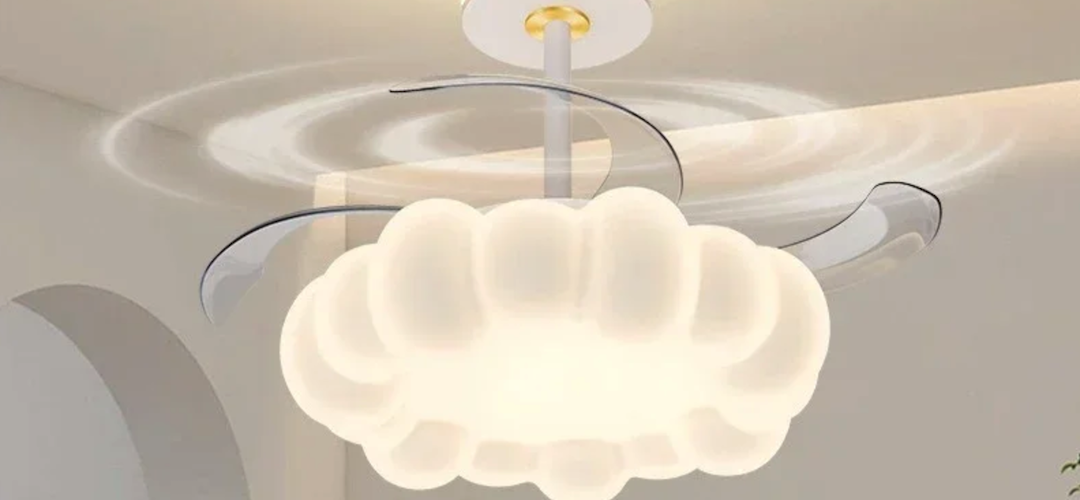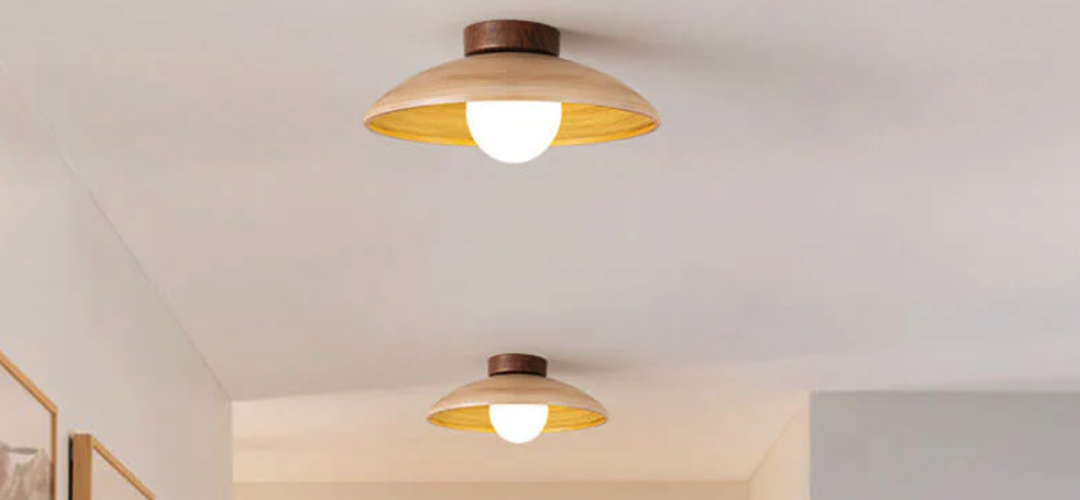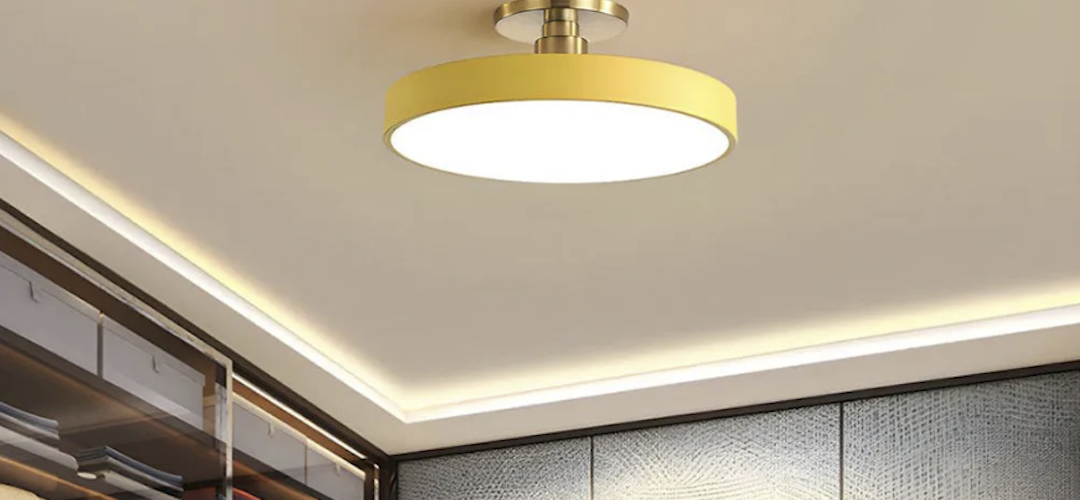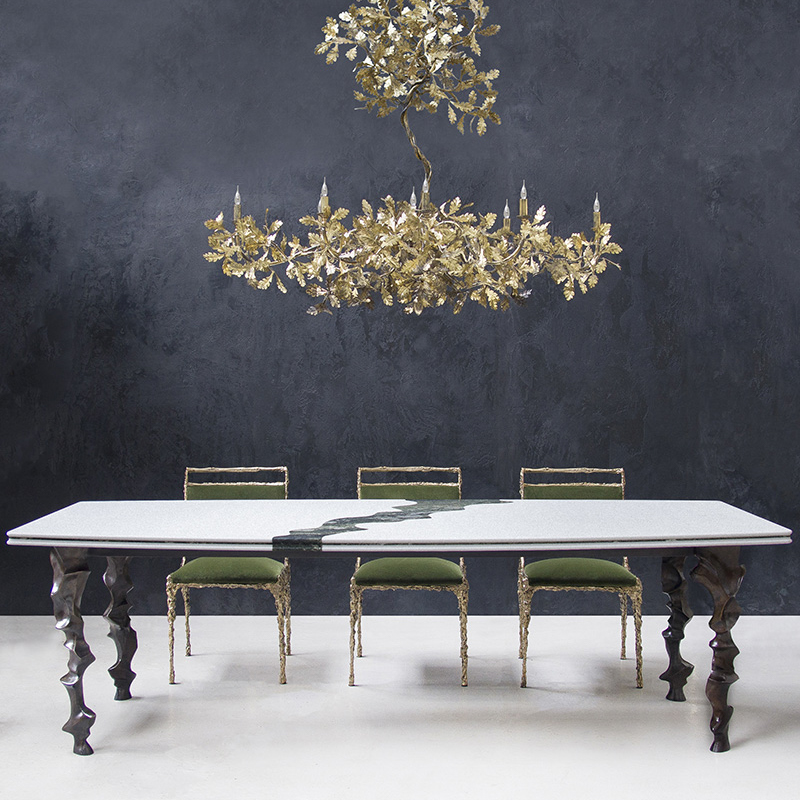
Stylish Bedroom Ideas with False Ceiling Design
Introduction
Are you looking for a way to elevate the look of your bedroom? Consider installing a false ceiling. A false ceiling, also known as a drop ceiling or suspended ceiling, is a secondary ceiling that hangs below the main ceiling. It’s a great way to add a touch of style and sophistication to any bedroom.
In this article, we’ll cover everything you need to know about false ceiling designs for bedrooms. From the benefits, materials, to the installation process, we’ll guide you through the process of selecting the perfect false ceiling for your bedroom.
Benefits of False Ceiling Designs for Bedrooms
False ceiling designs offer several benefits for your bedroom. Here are some of the advantages of installing a false ceiling in your bedroom:
Noise Reduction
One of the significant benefits of false ceiling designs is their ability to reduce noise levels. Sound from the outside can be a constant distraction, and false ceilings help to create a sound barrier between your bedroom and the exterior world.
Improved Aesthetics
Another advantage of false ceiling designs is their ability to improve a room’s aesthetics. They come in a variety of styles and materials, providing endless options for customization to match your personal taste and design preferences.
Lighting Control
False ceilings can be designed to include different lighting options. Whether you want ambient lighting or direct lights, a false ceiling can be custom made to meet your specific lighting needs.
Materials for False Ceiling Designs
There are four main materials used for false ceiling designs: gypsum, metal, fabric, and wood.
Gypsum False Ceiling
Gypsum false ceilings are made of gypsum boards, which are lightweight and easy to install. They can be easily cut to the desired size and shape, and they’re an affordable option for homeowners on a budget.
Metal False Ceiling
Metal false ceilings are made of aluminum or steel panels. They’re more durable than gypsum ceilings and have a more modern look. However, they’re also more expensive than other false ceiling materials.
Fabric False Ceiling
Fabric false ceilings are made of polyester or PVC materials. They’re lightweight and can be designed in a variety of shapes and colors. The main advantage of fabric false ceilings is their ability to dampen noise levels.
Wood False Ceiling
Wood false ceilings are a more traditional option that adds warmth and texture to a room. They’re also versatile and can be stained or painted to match any decor style.
Installation Process
The installation process for a false ceiling involves several steps. Here’s a breakdown of the process:
Step 1: Measurements and Planning
The first step in the installation process is to measure the area where the false ceiling will be installed. This will help determine the amount of material needed and ensure the process runs smoothly.
Step 2: Framework Installation
The next step is to install the framework that will support the false ceiling. This involves fixing metal channels to the ceiling using screws and anchors.
Step 3: Panel Installation
After the framework is installed, the panels are cut to the required size and placed on the frame. The panels are secured to the frame using clips or screws.
Step 4: Finishing
The final step in the installation process is to finish the false ceiling. This involves adding insulation, painting or staining, and installing any lighting fixtures.



